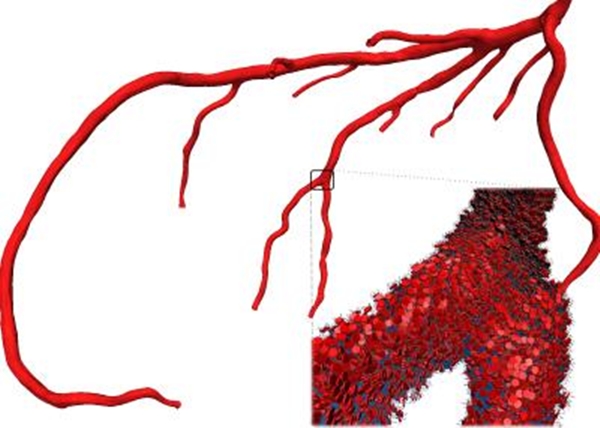OF THE
TIMES
"The purpose of GLADIO was to attack civilians, the people - women, children, innocent people, unknown people, far removed from any political game. The reason was quite simple: to force the public to turn to the State and demand greater security. Under a strategy of tension, you 'destabilize in order to stabilize', to create tension within society and promote conservative, reactionary social and political tendencies."
~ Italian neo-fascist whose prosecution led to the discovery of NATO's 'Gladio' networks across Western Europe
Dracon Nuclear war cannot be survived on Planet Earth. Are you suggesting a mass suicide?
Starview With respect, You should factor in Magnetic and electromagnetic torodial patterns into the Solar system, Galactic plain to widen your...
The Russians are too meek! Smack the Nato bastards over the head so that their teeth rattle. Do maximum damage in one devastating blow and get it...
Could it be an accident? Doubtfully! I for myself have a hard time in believing in coincidents and accidents lately .
The 'Olympic Games' are dead! They have nothing to do with Sport anymore. Politics has prevailed a long time ago! If you want to compete against...
To submit an article for publication, see our Submission Guidelines
Reader comments do not necessarily reflect the views of the volunteers, editors, and directors of SOTT.net or the Quantum Future Group.
Some icons on this site were created by: Afterglow, Aha-Soft, AntialiasFactory, artdesigner.lv, Artura, DailyOverview, Everaldo, GraphicsFuel, IconFactory, Iconka, IconShock, Icons-Land, i-love-icons, KDE-look.org, Klukeart, mugenb16, Map Icons Collection, PetshopBoxStudio, VisualPharm, wbeiruti, WebIconset
Powered by PikaJS 🐁 and In·Site
Original content © 2002-2024 by Sott.net/Signs of the Times. See: FAIR USE NOTICE

Reader Comments
to our Newsletter